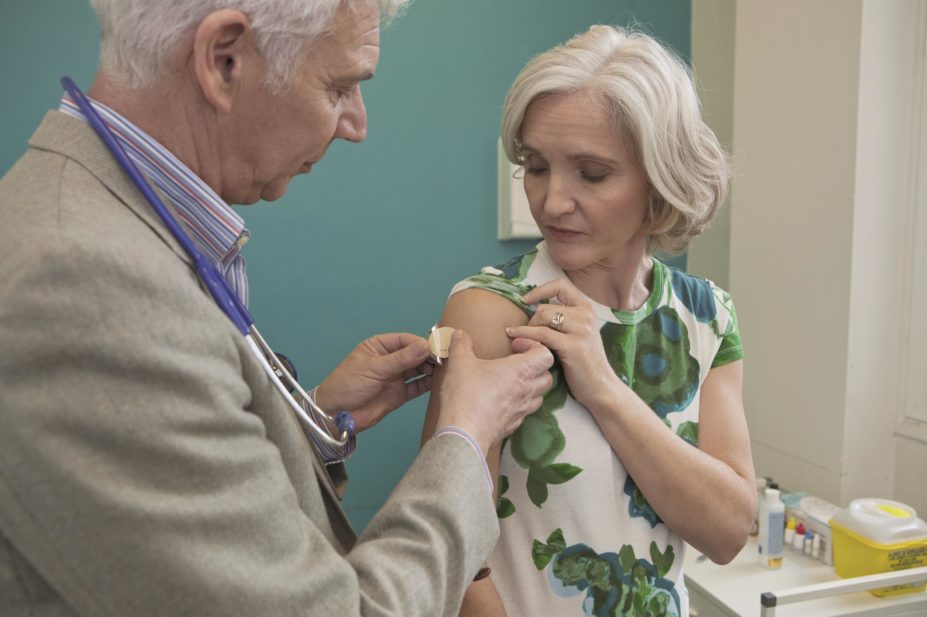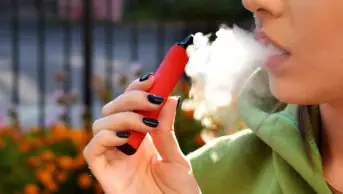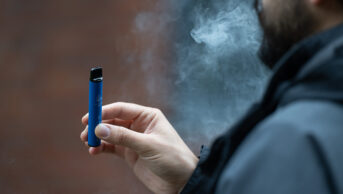
Shutterstock.com
More than half of smokers attempt to quit by going ‘cold turkey’ without any aid to help them break the habit, Public Health England (PHE) has said.
PHE said smokers were confused about the dangers of nicotine and thought they would be better off without patches, gum or e-cigarettes.
Figures suggest the public may have an inaccurate and confused perception of the risks of nicotine replacement therapy and e-cigarettes, PHE said to mark national no-smoking day (14 March 2018) in the UK.
Despite the fact that the risks of nicotine use are likely to be very low or negligible, and established higher success rates with stop-smoking aids, 58% of smokers try to stop without them.
As many as 4 in 10 smokers and ex-smokers incorrectly think that nicotine in cigarettes is the cause of most of the smoking-related cancer, PHE said.
Previous research has shown that smokers using nicotine replacement therapy as a quit aid are one-and-a-half times as likely to succeed.
And combining quit aids with expert support makes an attempt to stop smoking four times more likely, PHE said.
John Newton, director of health improvement at PHE, said: “Misunderstanding about the risks from nicotine may be deterring smokers from using quit aids, such as e-cigarettes or nicotine replacement therapies like patches and gums.
“Nicotine is addictive, but it’s the many thousands of chemicals in tobacco smoke that are responsible for almost all of the harm caused by smoking.
“Going ‘cold turkey’ is not recommended, as it’s the least successful way.”
Despite smoking rates being at their lowest ever level in England, it is estimated there are still almost seven million smokers in England.


